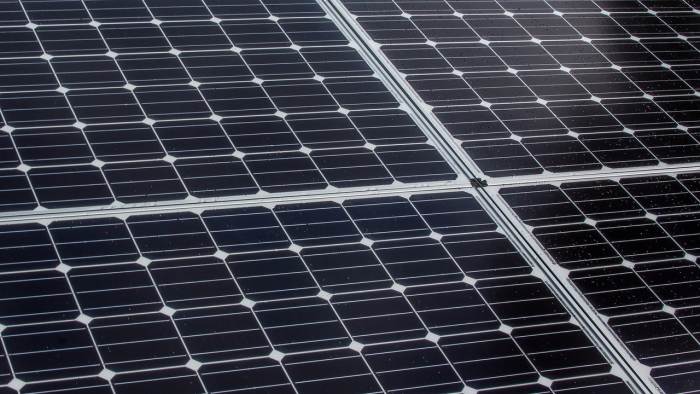
Image: MrRick
Our neighbours to the north-west are getting into floating solar in a big way. A 200MW solar farm is a major project by any benchmark – put that on water and it’s quite extraordinary.
It was announced yesterday that Indonesian electricity company PT Pembangkitan Jawa-Bali and the United Arab Emirates’ Masdar had inked an agreement for what will be the world’s largest floating solar farm.
The 200 megawatt floating solar power station will cover an area of 225 hectares of the Cirata Reservoir in West Java, which already features a 1GW hydroelectric power station. Constructed between 1984 and 1988, it’s the largest hydropower station in the country.
The panels will be mounted on 700,000 floats moored to the bed of the reservoir and connected by cabling to an onshore high-voltage substation. As well as providing clean energy, shading from the solar panels will help rein in the growth of algae in the reservoir.
The agreement marks the entry of Masdar into South East Asia and its first floating solar power project.
Masdar CEO, Mohamed Jameel Al Ramahi, points out one of the additional advantages of floating solar in countries such as Indonesia is it enables renewable energy development in forested regions.
“The successful deployment of the Cirata project paves the way for the installation of floating solar power on another 60 reservoirs across Indonesia,” he said.
Currently, the world’s largest operating floating solar farm (to the best of my knowledge) is a 40MW facility in China, which commenced operations earlier this year. It was constructed on an area that became submerged due to the impacts of coal mining.
Floating solar is starting to make its presence felt here in Australia as well. There’s an installation near Jamestown, South Australia and last week it was announced work had commenced on a floating solar power plant in Lismore, New South Wales.
Energy A Pressing Issue For Indonesia
According to the International Renewable Energy Agency (IRENA), electricity demand in Indonesia could triple between 2015 and 2030. While Indonesia’s dependence on fossil fuels has grown, it has also been investing in renewables and has set targets to achieve 23% renewable energy use by 2025, and 31% by 2050.
IRENA says Indonesia’s renewable energy target for 2050 could be achieved as soon as 2030 with the right policy settings and investment – and solar would play a significant role.
The Agency’s renewable energy roadmap (REmap) for Indonesia states there’s potential for the country to install 47 gigawatts (GW) of solar capacity by 2030, including plans to use solar PV to supply power to nearly 1.1 million households in remote areas that currently lack adequate access to electricity.
“The benefits of such accelerated uptake for Indonesia would greatly outweigh the costs,” said Adnan Z. Amin, IRENA’s Director-General earlier this year. “In economic terms, the net reduction of energy system costs, combined with the avoidance of air pollution and carbon-dioxide emissions, would save up to USD 53 billion per year, or an estimated 1.7% of Indonesia’s 2030 GDP.”
An Opportunity For Australia – Exporting Electricity
Indonesia’s future energy needs could also present a lucrative opportunity for Australia. A study commissioned by the Pilbara Development Commission released in September states it is be feasible to deliver energy generated from a gigawatt-scale solar facility in Western Australia’s Pilbara region and transmit it via a high voltage direct current (HVDC) undersea cable to the county.
“Exporting solar energy to Asia has the potential to be a valuable addition to the Pilbara’s existing energy mix and would stimulate new economic activity, creating thousands of permanent jobs in the region,” said Western Australia’s Minister for Regional Development, Alannah MacTiernan when the report was released.
One of the key findings of the report was assuming costs associated with solar energy generation, storage and HVDC continue to drop, the commercial case for connection to Indonesia will be well established within 5 to 10 years.
The pre-feasibility study can be downloaded here (PDF).
UPDATE: A proposed wind and solar power facility up to 6GW in capacity that would export electricity to Indonesia has just been announced for the East Pilbara region.
Trivia : the distance from Port Hedland in Western Australia to Jakarta, Indonesia (~2,016 km) is far less than from Port Hedland to Sydney (~3,544 kilometres) and all other Australian capitals except for Darwin.

 RSS - Posts
RSS - Posts



Speak Your Mind